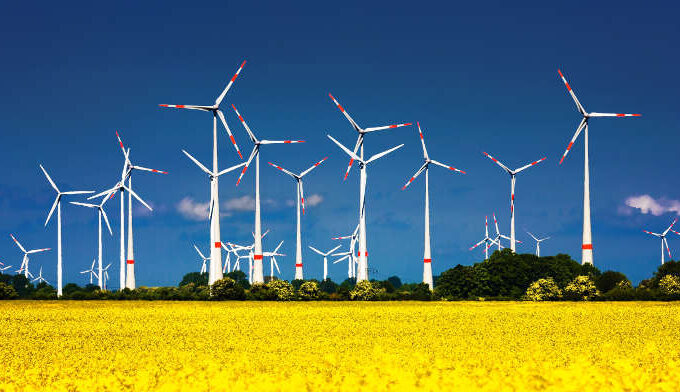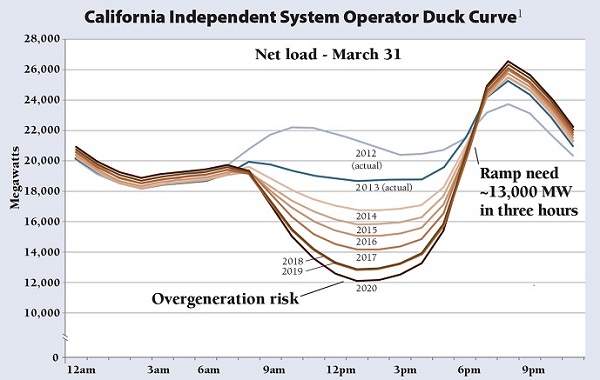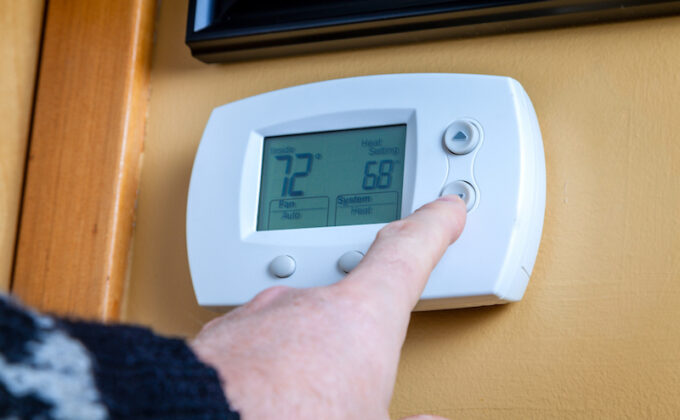Content Filter:
February 29, 2024
Addressing the Problem: Controlling Your Water Heater for Consumer Savings and Load Flexibility
In early January, I sat in my apartment as the winter’s first true cold snap ripped through Montana. It was negative 10 degrees out, with wind chills pushing temperatures even lower. I shivered at the idea of getting my next… View Summary +

December 17, 2018
“共益电气化:确保电气化实现公共利益”系列报告之《共益电气化:供暖》
- Jessica Shipley ,
- Jim Lazar ,
- David Farnsworth ,
- Camille Kadoch
执行摘要 睿博能源智库认为,有效益的电气化,或者说实现社会利益最大化的电气化,需要达到以下一个或多个条件,且对另外两个条件不产生反作用: 从长期看可以为消费者省钱; 促进电网的更好管理; 减少对环境的消极影响。… View Summary +

September 15, 2016
Is It Time to Retool Regulation for Clean Air, Clean Energy?
- Ken Colburn ,
- Christopher James
Looking at the electric power industry today brings to mind the well-known April 1970 dispatch from Apollo 13: “Houston, we have a problem.” Actually, we have several. Prominent among them is the growing permeation of environmental issues into energy… View Summary +

January 9, 2017
Beneficial Electrification: Opportunity Knocks for Utilities
- Ken Colburn
It is increasingly apparent that power sector transformation isn’t happening in the future; it’s occurring now. Already, resources are cleaner and more distributed, previously docile customers are actively seeking opportunities to save, consume, and even produce energy in new ways,… View Summary +

January 24, 2017
Beneficial Electrification: A Key to Better Grid Management
- Ken Colburn
As highlighted in our earlier post, Beneficial Electrification: Opportunity Knocks for Utilities, the power sector is rapidly transforming. Today’s older, inflexible resources are being retired, the grid is becoming more flexible, resources are getting cleaner and more distributed, and… View Summary +

April 5, 2017
Retooling Regulation: Breaking the Trail Forward
- Christopher James ,
- Ken Colburn
In our prior Retooling Regulation posts, we illuminated the need to integrate energy and environmental regulatory planning processes, spotlighted recommended steps to do so via a process we’ve dubbed “E-Merge,” and considered the legality of such an… View Summary +

March 13, 2018
Energy Efficiency 2.0: New Questions, Same Answer
- Ken Colburn
One of RAP’s longtime mantras is: “Efficiency is the answer. What’s the question?” We’ve demonstrated that energy efficiency provides a “layer cake” of multiple benefits, that it could help us meet almost a third of power system demand… View Summary +

August 30, 2021
The Unsung Hero of the Climate Fight: Energy Efficiency
- Elaine Prause
It’s official: There is absolutely no time to waste, and our mission is clear. Whether or not you were surprised by the key findings from the recently released Working Group 1 contribution to the Sixth Assessment Report of… View Summary +

February 9, 2017
Utilities Can Get a “LEG” Up with Beneficial Electrification—But Regulators Also Have to be Ready
- Ken Colburn ,
- Richard Sedano
In a series of blog posts over the last several weeks, RAP has spotlighted the opportunities associated with beneficial electrification—the practice of electrifying appliances and machines that are currently powered by fossil fuels. Embracing beneficial electrification provides a significant opportunity… View Summary +

June 1, 2017
Spotting Opportunities to Innovate
Two years ago, RAP produced a Menu of Options for reducing greenhouse gas (GHG) emissions from the power sector for the National Association of Clean Air Agencies. The report contains 26 detailed chapters, 25 of which look at proven… View Summary +

